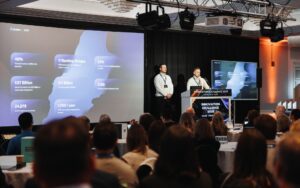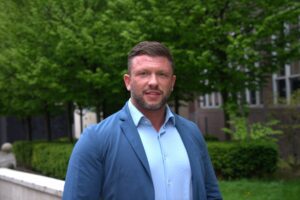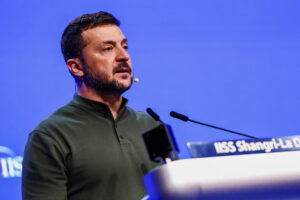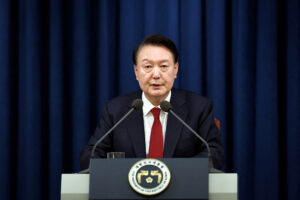
In the early days of ultrasound, most doctors in the United States didn’t know what to do with it. It was new, not yet widely used, and training was hard to find. But Dr. Thomas John Byrne, then a young medical student, saw its future clearly.
“I knew ultrasound would become essential,” he says. “I didn’t want to wait for it to catch on in the U.S.”
So he went to England. Not once, but twice—first as a student, then again as a resident. He studied with experts overseas at a time when few Americans had even seen the technology up close.
“It wasn’t common back then,” he explains. “But I wanted to understand it early. I knew it would change the way we practice.”
Now, decades later, ultrasound is one of the most important tools in obstetrics and gynecology. It helps doctors monitor pregnancies, diagnose issues, and guide care. And Dr. Byrne was one of the first U.S. doctors to study it seriously.
A Regular Return to Europe
Dr. Byrne still travels to Europe, especially England, at least once or twice a year. He spends about a week there each time, learning about new research and technology in fetal medicine. His goal is to stay up to date with the latest advances—and to bring that knowledge back to his patients.
“I don’t go to conferences just to sit and listen,” he says. “I want to ask questions, see demonstrations, and come home with something useful.”
He’s been a member of the Fetal Medicine Foundation for 20 years. The group is based in the UK and is known for developing most of the ultrasound techniques used in clinics today.
“They really lead the field,” he says. “Being part of that community keeps me learning.”
That constant learning has made him a teacher as well. These days, Dr. Byrne sometimes leads ultrasound courses for other doctors.
“I like teaching,” he says. “It’s not about showing off. It’s about sharing what I’ve picked up along the way.”
Laparoscopic Surgery Before It Was Common
Dr. Byrne was also early to another major change—laparoscopic surgery. This technique uses small tools and cameras instead of large incisions. It helps patients heal faster and reduces risks.
“When I first learned it, people didn’t believe it could replace traditional surgery,” he says. “We had to prove it step by step.”
Not only did he perform laparoscopic gynecologic procedures, but he also taught them. He even helped train surgeons in gallbladder removal using laparoscopic techniques, which was still very new at the time.
“We were figuring it out as we went,” he recalls. “That was part of the excitement.”
Looking for What’s Useful, Not What’s Trendy
Even with all his experience, Dr. Byrne doesn’t chase trends. He looks for tools that actually improve patient care. If something works, he learns it. If it doesn’t, he moves on.
“I try to focus on what’s helpful in real life,” he says. “Not just what’s exciting on paper.”
That mindset has helped him build a career that spans generations of change in medicine. He’s seen new technologies rise and fall, and he’s chosen carefully which to adopt.
“You can’t do everything,” he says. “So you do the things that matter most to your patients.”
A Career Built on Curiosity and Care
Dr. Byrne’s story isn’t flashy. He didn’t invent ultrasound or design a surgical robot. But he did something just as important—he paid attention. He learned early, traveled often, and kept asking questions.
“I’ve always followed my curiosity,” he says. “If something looks important, I’ll go wherever I need to go to learn it.”
That curiosity has made him a steady presence in women’s health for many years. He keeps growing. He keeps teaching. And he stays humble.
“There’s always more to know,” he says. “That’s the one thing I’m sure of.”
Read more:
Always Learning: How Dr. Thomas John Byrne Stays Ahead in Women’s Health





























